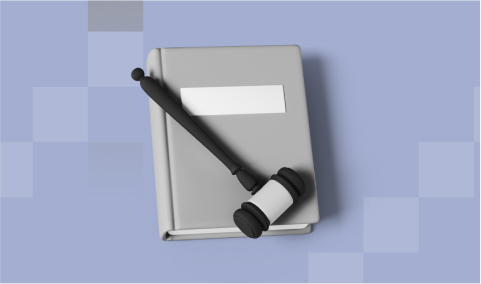
Everything You Need to Know About Equipment Tracking in Construction
As a construction professional, you understand that every piece of equipment needs to be in the right place, at the right time, and in top working conditions to ensure seamless operations.
Fortunately, modern equipment tracking systems provide a solution to these challenges by giving construction teams real-time visibility over their assets and enabling better decision-making and resource allocation. This article will explore what equipment tracking in construction is and how to use it to better manage operations.
What is Construction Equipment Tracking
For instance, let’s say the excavator is scheduled for maintenance after 500 hours of operation. The tracking system alerts the project manager when it’s nearing this limit, which lets them schedule downtime for the maintenance without impacting project timelines.
What Type of Equipment Can Be Tracked With an Equipment Tracker?







Key Benefits of Construction Equipment Tracking:
Types of Equipment Tracking
1. GPS tracking
2. RFID tracking
When allocating equipment to a certain project, you can load the RFID tag with information about this project, such as the location, the person responsible for this specific piece of equipment, and the date it was given to the worker.
3. QR-Code or Barcode tracking
4. BLE (Bluetooth Low Energy) Tracking
5. NFC (Near Field Communication)
6. IoT (Internet of Things) Tracking
7. Telematics

Top Construction Technologies 2024
1. Identity Your Requirements
2. Key Features to Look For
3. Evaluate User-Friendliness
A good system should be simple to navigate and let you easily view all your current equipment in one place. It should also be straightforward to add new tools or equipment without any hassle.
Clear instructions, intuitive design, and easy access to information are essential features that ensure the system will support your work rather than slow it down.
4. Assess Cost vs. Value
For example, the initial investment to implement equipment tracking systems is often worth it if you have tools and machinery scheduled to be used in different projects. If you have a large inventory and need to keep track of your available resources to prevent the costs that come with delays, a tracking system can keep costs within your budget.
With most tracking services, you must pay a monthly fee to maintain the systems. This is an additional cost that must be considered when making budgets.
Check for Compatibility
Some tracking systems require you to upgrade computers or other tools to be able to work with the software or technology from the trackers. This would add to the cost of the tracker and is not always worth it.
The companies providing the system tracking solutions often have a list of all the required technology or needed equipment, to be able to use their services. If they don’t, you can always contact them for more information to make sure their services work with your current setup.
5. Read Reviews and Get References
Companies that stand true to their claims often share detailed case studies from their clients to help you see the success their systems brought to these clients. For example, FirstBit has a dedicated blog where you can see detailed case studies, expert reviews, and client testimonials, along with their contact information, for increased transparency.
6. Request a Demo or Trial
Each of these demos or trial periods is unique to the company offering them. Some will provide you with a limited-time trial with full access to their systems' capabilities. Others will give you access to basic functionalities for a more extended period.
Streamlining Equipment Tracking with First Bit ERP:
FAQs
1. How does equipment tracking help reduce costs in UAE construction projects?
2. Is equipment tracking mandatory in the UAE construction industry?
3. Can equipment tracking systems integrate with construction ERP software in the UAE?
4. What is the cost-benefit of implementing an equipment tracking system in UAE construction projects?
of your processes and scale your business with FirstBit ERP now!












